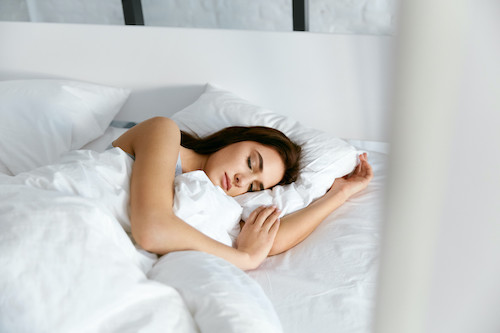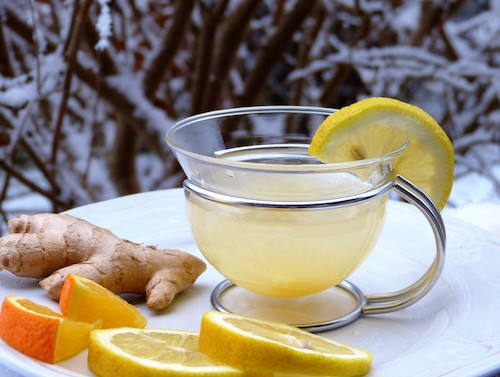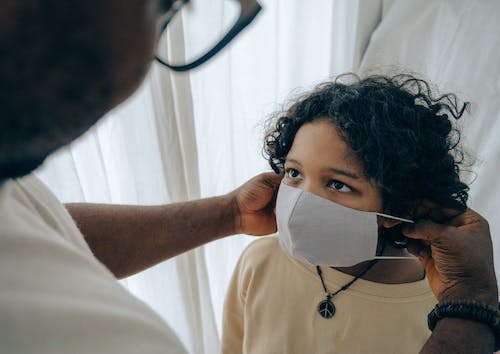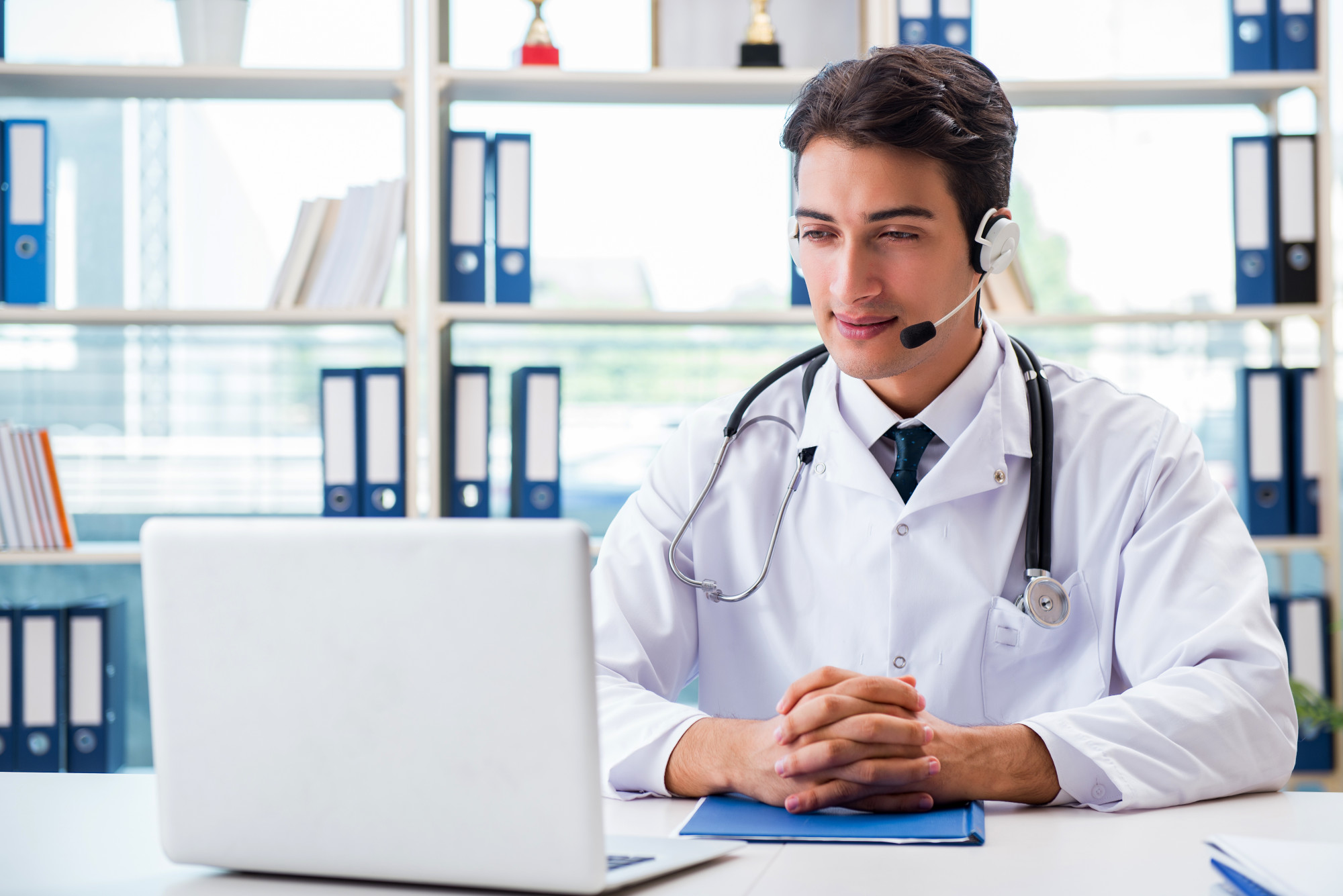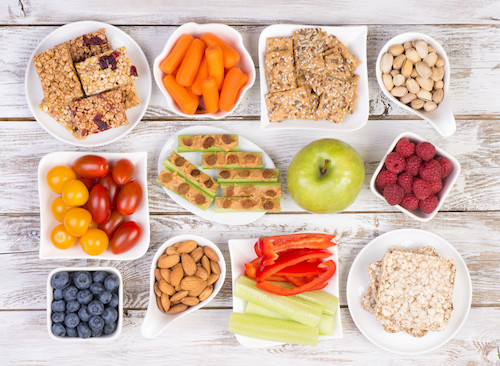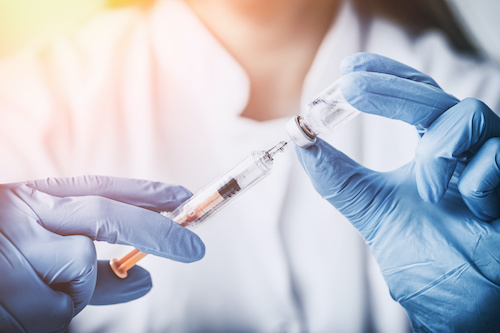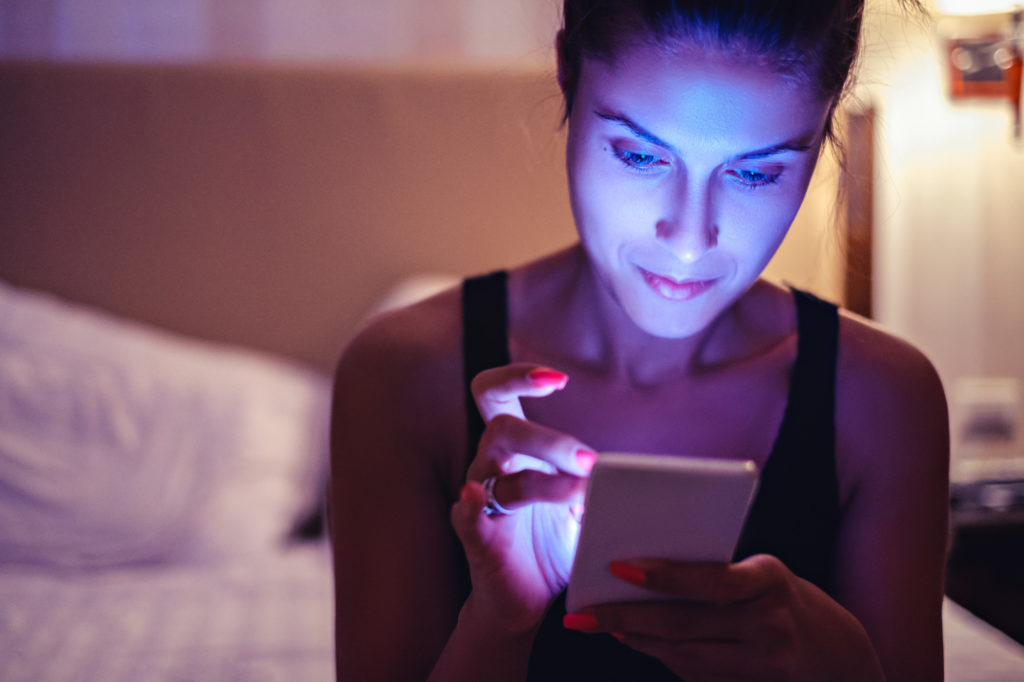How to Destress After Work: The Ultimate Guide

Do you often feel stressed out and spread thin at the end of a long day at work? It may comfort you to know that you're not alone. In fact, 83% of workers feel some form of work-related stress.
We live in a fast-paced world. As such, most jobs are demanding. We have timelines to follow, quotas to meet, and bosses to impress.
It's vital, therefore, to learn how to destress after work.
Not sure what to do? Don't worry that's what we're here for. Keep reading for the ultimate guide on how to relax after a long day.
Start With Your Commute Home
Fortunately, destressing after work can start the moment you walk out the door. Regardless of if you drive, take the bus, or ride the metro home, you can learn how to destress on your commute home.
If you're in your car, crank up some relaxing music. If you prefer, you could also listen to a book on tape. The key is to relax and enjoy your personal space.
If you don't drive yourself to and from work, that doesn't mean you can't learn how to be calm on your way home. Bring headphones and use your phone to listen to your favorite bands. Close your eyes and block out the people around you so you can exist in your own little world.
Have a Nice Warm Meal
Once you get home, cook yourself a warm home-cooked meal. There's nothing better than comfort food to warm your belly and your mind.
If the day's been far too long to even think about preparing your own food, dine out or order in. You can stop on the way home to sit down at a restaurant or get something to go.
Alternatively, use a food delivery app like Door Dash to order food while you're on the way home (but not while driving). By the time you get home, your dinner will be only minutes away.
Go to the Gym
Study after study shows that exercising reduces stress. When we're physically active, our body releases chemicals called endorphins. Endorphins are the feel-good hormones that soothe anxiety and reduce pain.
Just as importantly, working out makes us feel better about ourselves. It helps us feel more accomplished because we're taking care of our physical and mental health simultaneously.
As an added benefit, working out regularly keeps us trim and fit. Most of us work sedentary jobs and don't monitor our diet as well as we should. Without daily exercise, this will quickly lead to increased weight gain and other potential health conditions.
Do Yoga
If lifting weights, running, or other intense forms of exercise aren't for you, that doesn't mean you can't be active. Consider going to a yoga class.
If you don't want to go to a class physically, they have online classes. You can also find instructional videos on YouTube for beginners.
Yoga is not only a great way to build strength, flexibility, mobility, and balance,e but it is also a great stress reliever.
Go For a Walk Outside
One of the best and easiest destress tips is to simply go for a walk. Once again, this is a great way to add some activity to your day and burn some calories. More importantly, getting outside for some fresh air is a great way to relieve stress.
Furthermore, when our skin is exposed to sunlight, our body synthesizes vitamin D, which has tremendous benefits.
Take your dog for a walk and/or invite your spouse, significant other, kids, or friends to go with you. This would be a great time to catch up with people and reconnect. Make it a nightly or weekly habit.
Cuddle Up With a Good Book
Though there's nothing wrong with watching a TV series or a good movie, as suggested above, sometimes it's better to turn off your electronics to destress after work. Too much blue light from electronics can have negative side effects, such as restlessness, insomnia, headaches, and more.
Instead, try cuddling up on the couch or snuggling up in bed with a good book. If you're like most people, it's easier to turn on the TV than to open a book. However, once they start reading, they have a hard time putting it down.
Indulge in a Relaxing Hobby
Learning how to destress after work may mean diving into an old or new hobby. However, these hobbies don't have to be physical, like the examples listed above.
If you're too exhausted after work to entertain the idea of being active, find a relaxing hobby you can do from the comfort of your own home.
Traditionally, drawing and painting are incredibly relaxing and calming hobbies. However, you could also consider knitting, crocheting, weaving, etc.
These hobbies can also include things that require electronics. For example, you may enjoy graphic design, photography, or writing.
Finally, there's nothing that says your hobbies have to be productive or creative. For you, learning how to be calm and decompress after work may mean playing video games or watching TV for a few hours.
Consider Taking Anti-Anxiety Supplements
A large number of Americans experience stress, anxiety, and depression in their lifetimes. As noted above, many of these issues stem from stressful jobs.
Stress and anxiety, however, can also be a symptom of a chemical or hormonal imbalance. As such, anxiety medications are quite common. They can help you regulate your hormones so you feel better on a daily basis.
You can also look into CBD products, which have also shown great success in treating depression and anxiety. Depending on where you live, you may find natural products with THC.
While you're looking into supplements, you may want to look into some immune-boosting vitamins and medications as well. Increased stress levels have been linked to weakened immune systems.
Spend Time with Friends and Family
Some of the best and most healing destress tips revolve around socialization. Humans are social creatures that thrive in intimate communities. We need social interaction and physical touch to stay mentally and emotionally healthy.
As such, if you're feeling stress out from work, get in touch with a friend to have dinner and catch up. You could also spend time with your spouse or significant other. However, don't fall back on sitting on the couch and zoning out to the TV together.
Instead, have a meaningful conversation. Talk to them about your day and why work is stressing you out. Give yourself the right audience to vent to.
However, make sure you're listening and giving back as much as you're talking and taking. Relationships thrive on give-and-take.
Alternatively, spend time sitting around the dinner table with your entire family. Dig into your children's lives and reconnect with them. It's far too easy for our modern lifestyles and constant distractions to make us neglect the things that really matter.
Meditate
There are countless benefits of meditation, and stress relief is at the top of the list. Other benefits include improved self-awareness, pain relief, better concentration, and more.
Furthermore, meditating allows us to unplug from life and find peace of mind away from our obligations, stressors, and frustrations. We can take this time to reflect on what's truly important and gain perspective about our "problems."
In most cases, things stress us out because we allow them to. Meditating can help you find peace about those issues by learning how to alter your thought processes.
Finally, meditating has many different forms. If you're religious, you can use meditation to pray and connect with your god, higher power, or life energy. It can also be as simple as clearing your mind while doing deep breathing exercises.
If you're new to meditating, consider finding a guided relaxation meditation online. There are several videos on YouTube, for example, that are great for beginners.
Get a Massage
Mental and emotional stress can manifest itself physically in our bodies. Living in a constant state of stress and anxiety often leads to neck and back pain. Therefore, learning how to destress after work may mean getting a weekly massage.
Fortunately, there are several options here. You could get a deep tissue massage for stiff and sore muscles or opt for a relaxing, less intense massage. You could also spend the whole day at the spa, getting a facial and a massage between spending time in a hot tub or sauna.
If you like getting your nails done, you could go in for a manicure and/or pedicure with a foot bath and foot massage.
And if you're interested in alternative medicine, there are some mind/body therapies you should look into. For example, many people swear by the healing and calming benefits of acupuncture. You can also look into:
- Reiki energy healing
- Aromatherapy
- Ayurveda
- Naturopathy
- And more
These therapies often focus on the mind-body connection and attempt to treat you as a whole, rather than just focusing on your symptoms.
Take a Long Bath
If you don't have the money to spend on therapy, massage, or other relaxation expenses, stay home and take a long hot bath. Soaking in warm water will help loosen up tight muscles, relax your joints, and soothe your mind.
If you're worried about getting bored, bring a book to read or put a movie up on your laptop. If the water starts to cool, top it off with some fresh hot water to prolong this relaxing experience.
We also recommend sprinkling some Epsom salt in the water. Soaking in an Epsom salt bath is thought to reduce pain, swelling, sore muscles, and stiff joints.
You can also find bath bombs that smell wonderful and add some aromatherapy to your relaxation. There are even CBD infused bath bombs that provide an extra kick.
Get Intimate With Your Significant Other
Having sexual intercourse with your spouse, significant other, or anyone else is one of the best tips for how to destress after work. Having sex releases both endorphins and oxytocin. Both of these hormones make you feel good and help you release anxiety and depression.
Furthermore, having sex makes us feel more intimately connected with the other person. This can make us feel more comfortable, relaxed, and like we belong.
If you're having sex with a new partner, make sure you practice safe sex and do what you can to protect one another. A sexual encounter that results in a sexually transmitted disease will only add to your anxiety.
Go For a Long Drive
For some people, there's nothing more relaxing than going for a long drive on the open road. You can sit in peace by yourself while enjoying a book on tape or some of your favorite music.
Find a new route you've never driven before and try to enjoy the scenery (while keeping your eyes on the road, of course). If you see something intriguing, pull over and get out of the car to get a better look or take some pictures.
Just remember to take a few steps to make sure your trip is hassle-free. For example"
- Check your gas
- Bring food and drinks
- Bring your phone or navigation system (to keep from getting lost)
- Set up a great playlist
If you want, you can also bring your pet along with you. Just make sure they're properly restrained or behaved so they don't distract you, add to your stress, or cause an accident.
Want More Tips on How to Destress After Work and More Health and Wellness Advice?
As noted previously, people in our society are no strangers to stress. Some people are stressed out by their personal relationships, others are stressed out by their finances.
If you're looking at these tips on how to destress after work, know that these methods work for any kind of stress. Take some time for yourself and invest in some self-care, whatever that looks like for you.
If you feel like you need a little extra help destressing, check out the full range of our products. We have supplements and medications to help people just like you. And if you're looking for more health and wellness advice, take a look through some of our other articles before you go.
Good luck!

